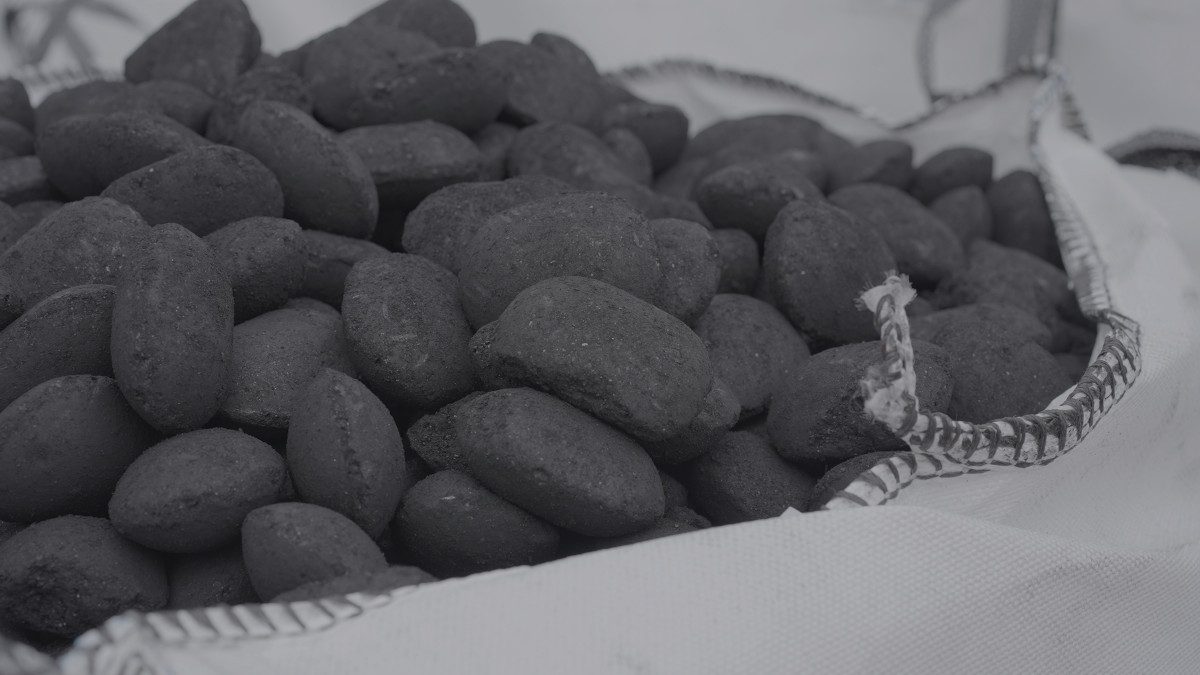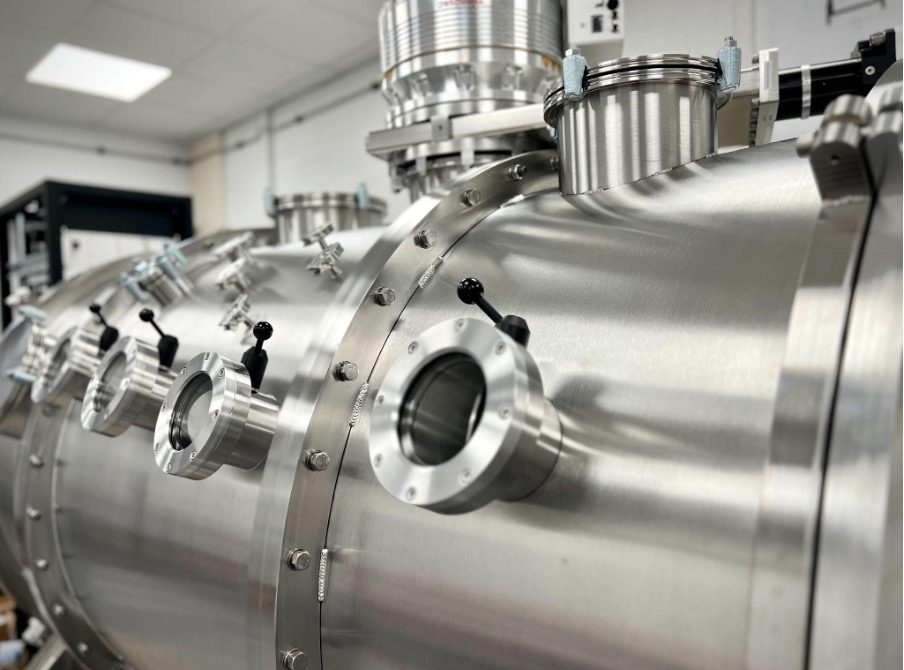New analysis from energy think tank Ember shows that the wood-burning Drax power station is the UK’s largest source of CO2 emissions at 12.1 million tonnes in 2022. This is significantly greater than any other single UK power station, including coal and gas.
The plant is by far the largest single CO2 emitter in the UK power sector, accounting for over double the amount of CO2 emissions of the second largest emitter, RWE’s Pembroke Gas Power Station, with 5.3 million tonnes CO2 emissions. Drax’s emissions are also more than double Port Talbot Steelworks, the largest industry emitter, which had 5.7 million tonnes CO2 of emissions in 2022.
Despite its limited role in the UK’s power system, burning wood is now the UK electricity sector’s second largest CO2 emitter after fossil gas. Woody biomass generated less than 5% of power in 2022, but accounted for a fifth of UK power sector emissions. This is because wood has to be burned in higher volumes than fossil fuels to produce the same amount of energy. The Drax biomass plant accounts for most of the UK’s power generated from wood-burning.
Tomos Harrison, Electricity Transition Analyst, Ember, said: “It’s a startling fact that the UK’s largest single source of greenhouse gases is a government-backed project that receives hundreds of millions in energy bill payer funding every year.”
Biomass power is still subsidised despite risks to the climate
In 2022 Drax received an estimated £617 million in public subsidy from UK energy bill payers. Biomass qualifies for these subsidies, along with exemption from carbon taxes, because wood is categorised as an emissions-free source of energy. However, the assumption that all emissions released are offset by the growth of new trees to replace those harvested for burning has been widely challenged. A large and growing majority of scientific evidence shows that burning wood for power is often not carbon neutral, and in some circumstances can be a worse polluter than coal.
UK plans for reaching Net Zero continue to rely on negative emissions from Bioenergy with Carbon Capture and Storage (BECCS). This includes pathways set out by the Climate Change Committee, the UK’s advisory group for climate change. However, the ability of a BECCS project to deliver negative emissions is dependent on whether the biomass used is carbon-neutral.
Currently, Drax is the only company in the UK developing BECCS in the power sector. It is looking to secure long-term financial commitment from the UK government to support this project. Research by Ember suggests the project would require a subsidy of £31.7 billion.
Harrison commented: “The science is clear – burning wood for power is far from guaranteed carbon neutral. It doesn’t make sense to gamble public money on Drax’s BECCS project when there’s a risk it could significantly add to the UK’s emissions.”

















